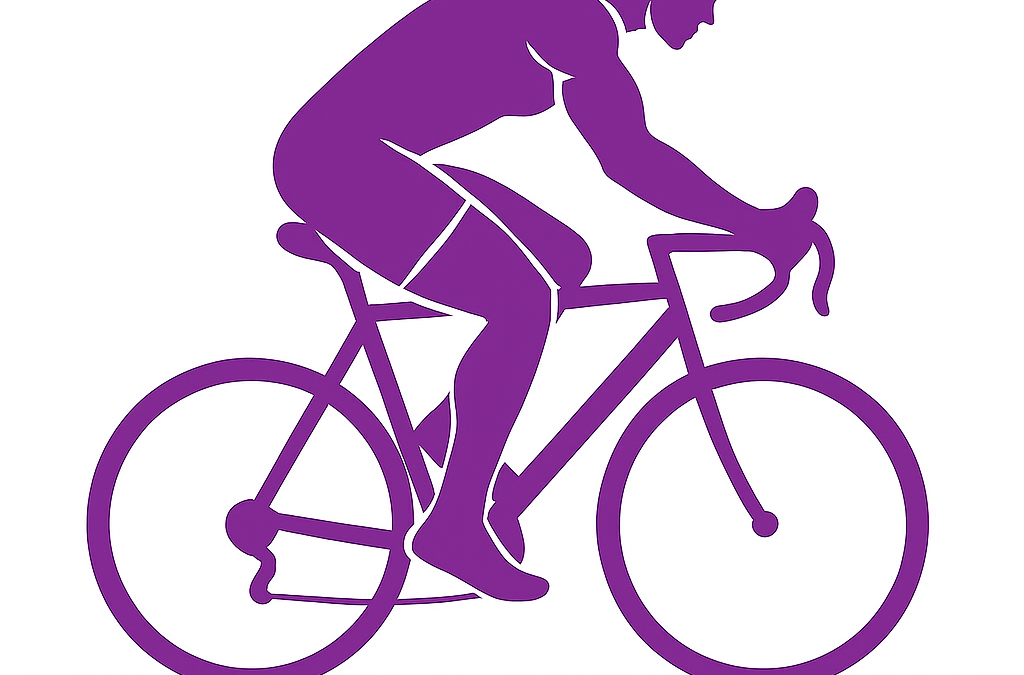Athletes are often seen as the peak of physical ability — strong, fast, and disciplined. Yet behind the performance lies a body that is constantly under pressure. Whether you’re cycling long distances or training for a tournament, repetitive movement patterns tend to overwork certain muscles while neglecting others. Over time, this creates imbalance, fatigue, and higher risk of injury.
On top of the physical demands, there is also the mental and emotional pressure of performance — the stress of competition, expectations, and maintaining focus under fatigue. This strain doesn’t just affect the mind; it shows up in the body through tightness, shallow breathing, and slower recovery.
This is where yoga therapy steps in. Unlike a general yoga class, yoga therapy is personalized: it assesses your body, identifies weaknesses and restrictions, and builds a practice to restore balance.
How Yoga Therapy Works for Athletes
A yoga therapist typically:
- Assesses posture, movement patterns, injuries, and training load.
- Identifies imbalances — which muscles are tight, which are weak, and how joints are moving.
- Designs a custom plan with specific postures, breath practices, and recovery tools.
- Monitors progress and adapts the program as the athlete’s body changes.
- Integrates recovery practices like relaxation and mindful breathing to regulate stress and inflammation.
This approach complements sport-specific training by filling in the gaps: strengthening stabilizers, lengthening tight tissues, improving mobility, and teaching athletes to release stress with awareness.
Cyclists: Opening the Hips, Strengthening the Back
Common challenges
- Strong but tight quadriceps and hip flexors
- Weak or underused glutes and hamstrings
- Rounded shoulders and tight chest from leaning forward
- Limited thoracic (mid-back) mobility
Yoga therapy focus
- Strengthen the posterior chain — bridges, locust variations, side planks
- Stretch hip flexors and quads — low lunges, supported backbends
- Open the chest and shoulders — supported fish pose, puppy stretch
- Mobilize the spine — cat-cow, gentle twists
These practices can reduce injury risk, restore muscular balance, and ease stress, helping cyclists maintain power and posture on long rides.
Beyond Cycling: Different Sports, Different Needs
While cyclists benefit most from opening the hips and strengthening the back body, a tennis player’s focus would look different — addressing rotational imbalances, shoulder mobility, and lateral stability. The principle remains the same: yoga therapy meets the athlete where they are, restoring balance for both body and mind.


